- Linda B. Glaser-Cornell University
- Read Time: 3 mins
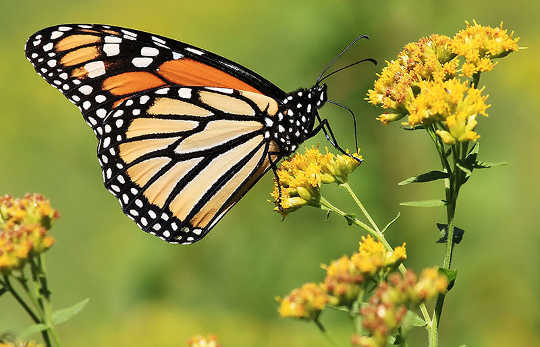
Researchers have uncovered exactly where a key protein forms before it triggers the flowering process in plants.

Researchers have uncovered exactly where a key protein forms before it triggers the flowering process in plants.
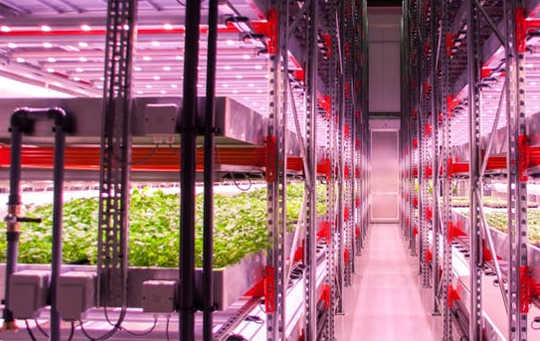
Growing food in cities became popular in Europe and North America during and immediately after World War II. Urban farming provided citizens with food, at a time when resources were desperately scarce.
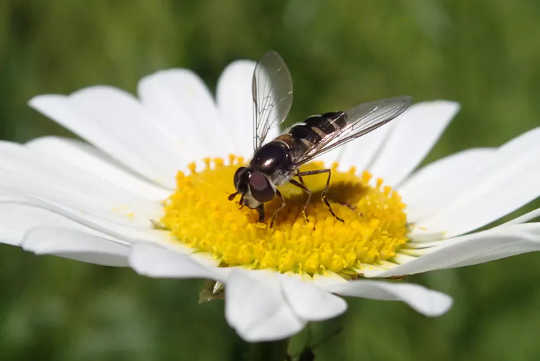
The weather is getting warmer, and gardens are coming alive with bees, flies, butterflies, dragonflies, praying mantises, beetles, millipedes, centipedes, and spiders.
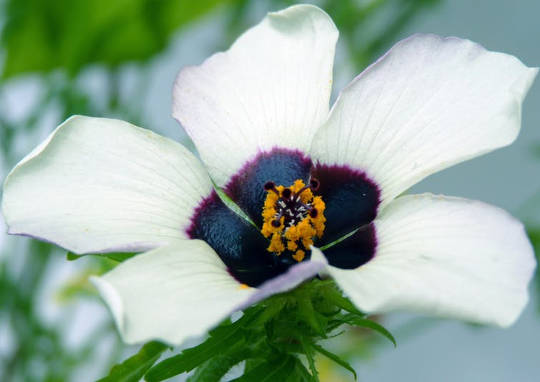 Flowers have a secret signal that’s specially tailored for bees so they know where to collect nectar. And new research has just given us a greater insight into how this signal works.
Flowers have a secret signal that’s specially tailored for bees so they know where to collect nectar. And new research has just given us a greater insight into how this signal works.
 Although most species of plants on Earth have flowers, the evolutionary origin of flowers themselves are shrouded in mystery.
Although most species of plants on Earth have flowers, the evolutionary origin of flowers themselves are shrouded in mystery.
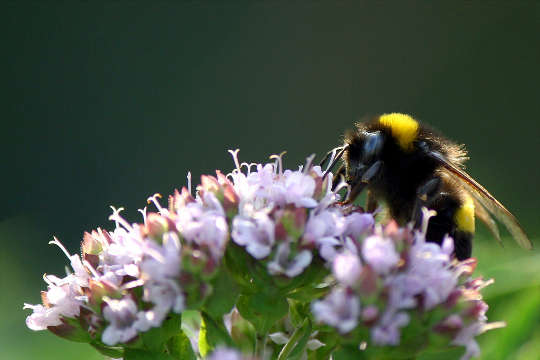 Unlike parsley, sage, rosemary and thyme, marjoram missed out on a role in the classic song Scarborough Fair, made popular in the 1960s by Paul Simon. But it does have a key advantage over most herbs.
Unlike parsley, sage, rosemary and thyme, marjoram missed out on a role in the classic song Scarborough Fair, made popular in the 1960s by Paul Simon. But it does have a key advantage over most herbs.
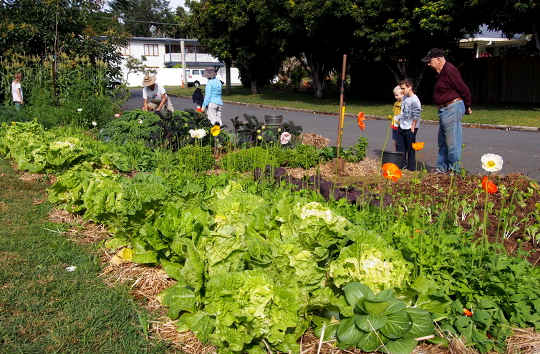 Some local governments are more tolerant than others in allowing residents to grow food where they want.
Some local governments are more tolerant than others in allowing residents to grow food where they want.
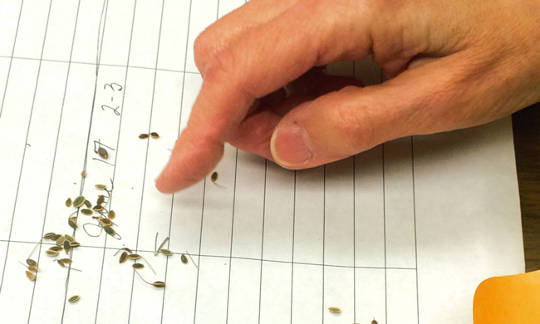 In Norway, a high-tech seed vault flooded from melting permafrost. In Montana, locals keep their seeds in the library.
In Norway, a high-tech seed vault flooded from melting permafrost. In Montana, locals keep their seeds in the library.
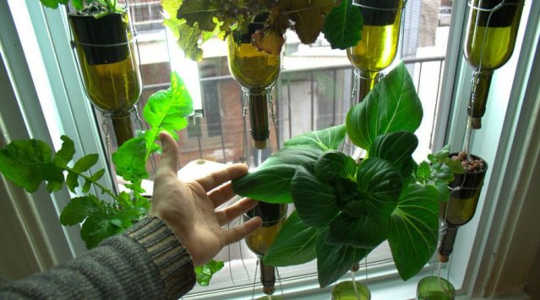 A new device can produce enough food to make one salad per week for an entire year—and do it inside an apartment.
A new device can produce enough food to make one salad per week for an entire year—and do it inside an apartment.

The next time you bite into an apple, spare a thought for the soils that helped to produce it. Soils play a vital role, not just in an apple’s growth, but in our own health too.
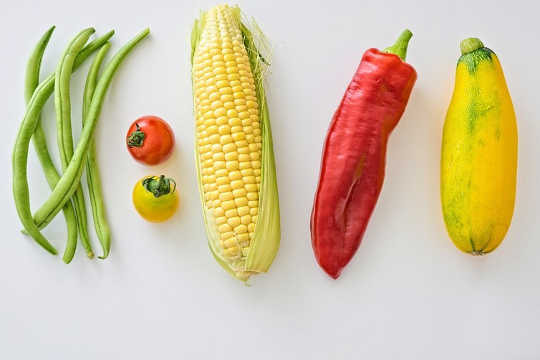
Is organic agriculture the solution to our global food system challenges?
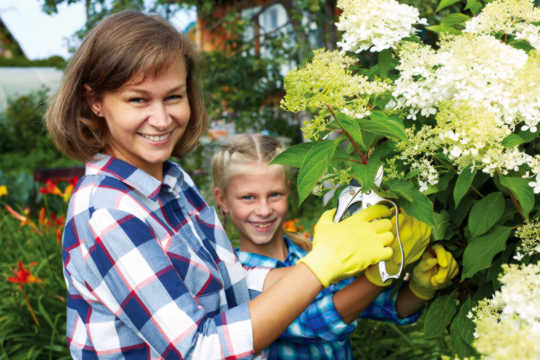 Since 1880, the average global temperature has increased by 0.8°℃, with large changes in rainfall redistribution.
Since 1880, the average global temperature has increased by 0.8°℃, with large changes in rainfall redistribution.
 Urban agriculture, the cultivation of crops and animals in an urban environment, is known to increase access to healthy food.
Urban agriculture, the cultivation of crops and animals in an urban environment, is known to increase access to healthy food.
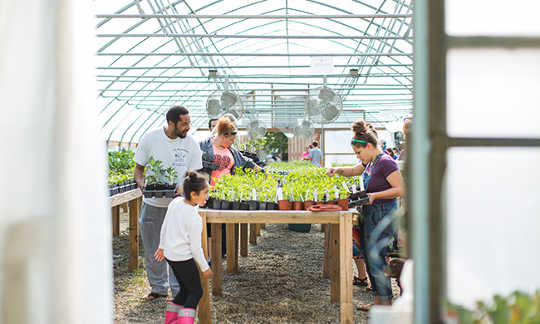 In the heat zone of Louisville, Kentucky, 170 residents have been trained as “citizen foresters.”
In the heat zone of Louisville, Kentucky, 170 residents have been trained as “citizen foresters.”
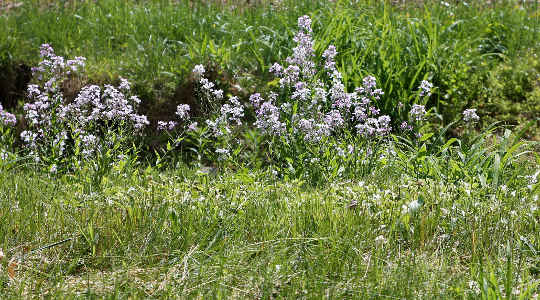 Farmers looking to reduce reliance on pesticides, herbicides, and other pest management tools may want to heed the advice of agricultural scientists: Let nature be nature—to a degree.
Farmers looking to reduce reliance on pesticides, herbicides, and other pest management tools may want to heed the advice of agricultural scientists: Let nature be nature—to a degree.
 A new report has found that U.S. land for organic farming reached 4.1 million acres in 2016, a new record and an 11 percent increase compared to 2014.
A new report has found that U.S. land for organic farming reached 4.1 million acres in 2016, a new record and an 11 percent increase compared to 2014.
 During the devastating floods that hit Queensland in 2011, Brisbane and regional centres came perilously close to running out of fresh food.
During the devastating floods that hit Queensland in 2011, Brisbane and regional centres came perilously close to running out of fresh food.
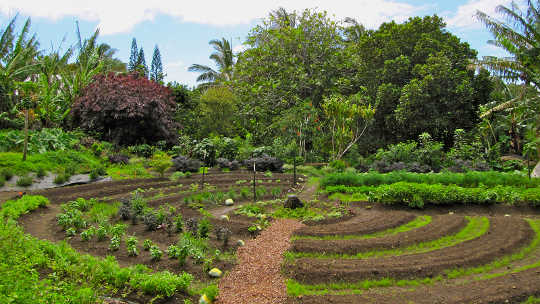 It is with great sadness that I acknowledge the passing of Bill Mollison on Saturday, September 24 (1928-2016). He was one of the true pioneers of the modern environmental movement, not just in Australia but globally.
It is with great sadness that I acknowledge the passing of Bill Mollison on Saturday, September 24 (1928-2016). He was one of the true pioneers of the modern environmental movement, not just in Australia but globally.
 As the weather warms and days lengthen, your attention may be turning to that forgotten patch of your backyard. This week we’ve asked our experts to share the science behind gardening. So grab a trowel and your green thumbs, and dig in.
As the weather warms and days lengthen, your attention may be turning to that forgotten patch of your backyard. This week we’ve asked our experts to share the science behind gardening. So grab a trowel and your green thumbs, and dig in.
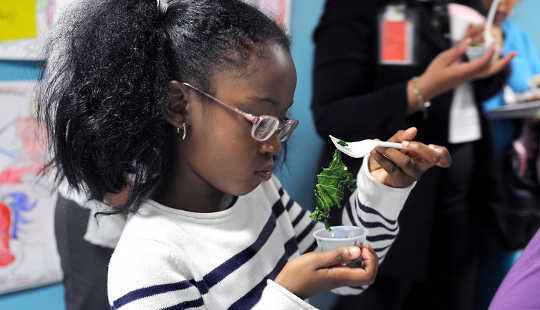 It’s back-to-school time in the United States, and for countless children across the nation, it’s also time to get back into the school garden.
It’s back-to-school time in the United States, and for countless children across the nation, it’s also time to get back into the school garden.
Page 6 of 9

